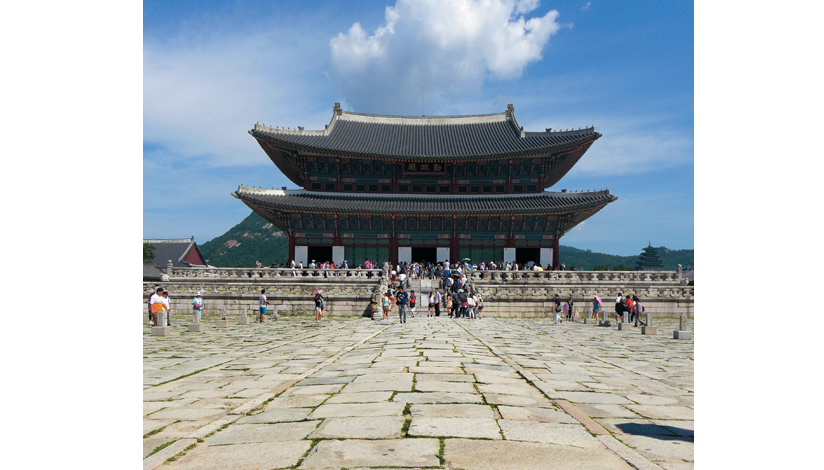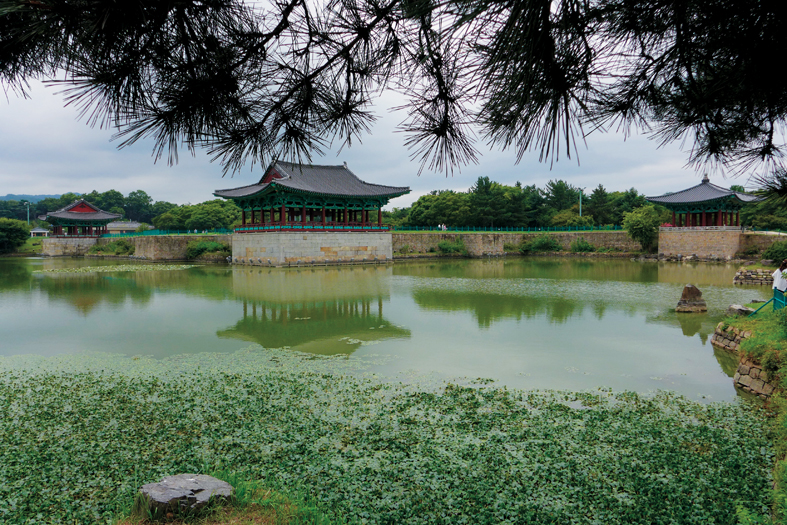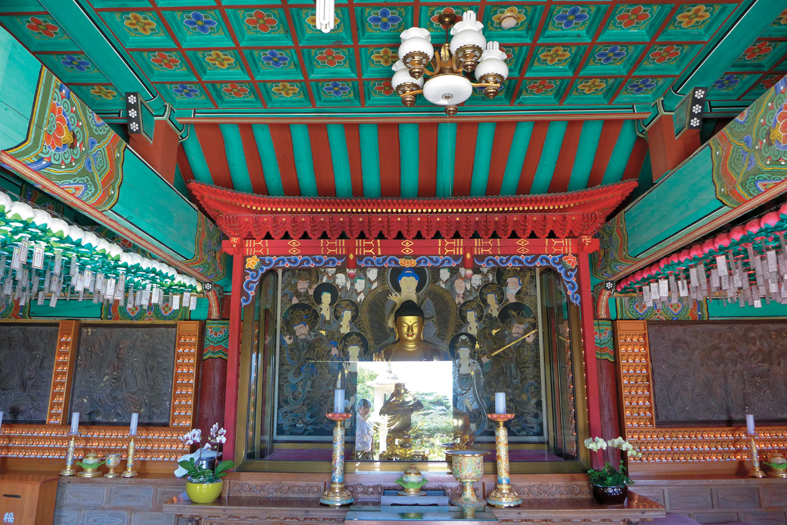Prestige issue 264-265, July-August 2015
At the kind invitation of the Embassy of South Korea in Lebanon and the Korean Ministry of Culture «Global Culture Promotion Division», Pr. Bassam Lahoud made a trip in the state of East Asia, a majestic entrance in history to the ancient kingdom, to discover the beautiful sights of Seoul and Gyeongju, which are now part of the Unesco World Heritage. A report as attractive as colorful offered by Prestige to its readers. Escapade.
Kyeong-bok Palace, the royal palace in Seoul. © Prestige
Gyeongju
Donggung palace and Wolji gond
Donggung Palace or the Palace of the king’s crown, was one of the main palaces of the Unified Silla Kingdom. Surrounded by many buildings, such as the Imhaejeon Hall, it was the venue for visiting dignitaries, and celebrating the festive events of the realm. Surrounded by a vast expanse of water where flowers were planted and rare birds were raised. Woldji was the expanse of water of the palace Donggung the most representative of Silla. Donggung was established definitively in the 19th year of the reign of King Munmu in 679. The Wolji pond was discovered during the excavations and dredging took place in 1975. Wolji was abandoned under the Joseon period because of a flock of geese that has taken up residence there.
© Prestige
The Seokguram Grotto in Gyeongju
The most popular cultural destination of South Korea currently, with a unique view of the sunrise over the sea, the Seokguram Grotto, located 750m above sea level on Mount Toham in Gyeongju, in South Korea and the east coast of Korea, on the Sea of Japan, is a hermitage of Bulguksa Temple complex, four kilometers east of the temple. It represents the cultural zenith of Unified Silla. Legend says it was built by Gim Daesong whose original name was Seokbulsa or literally «Temple of Stone Buddha». Since 1995, the Seokguram Grotto is on the UNESCO list of world heritage.
The throne room. © Prestige








